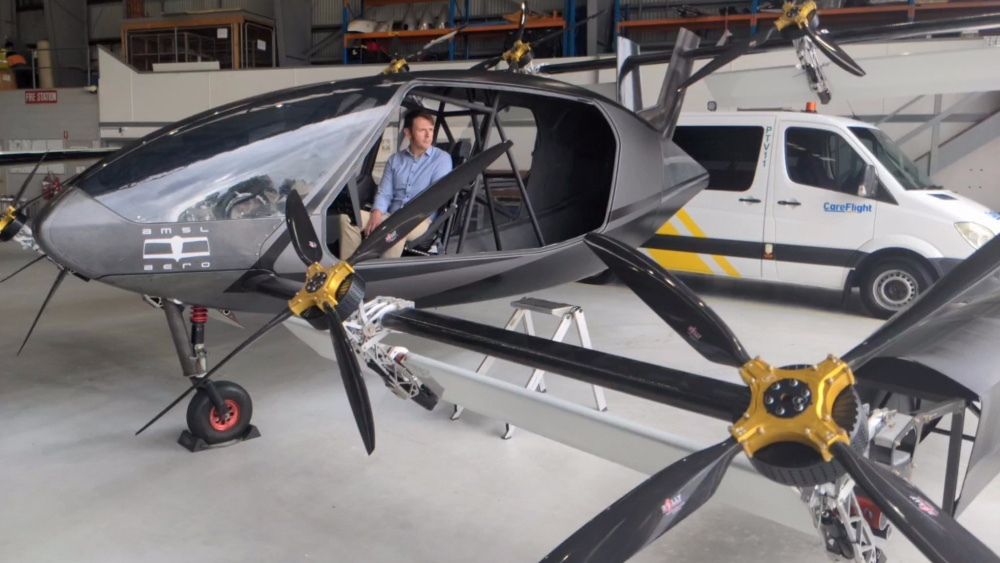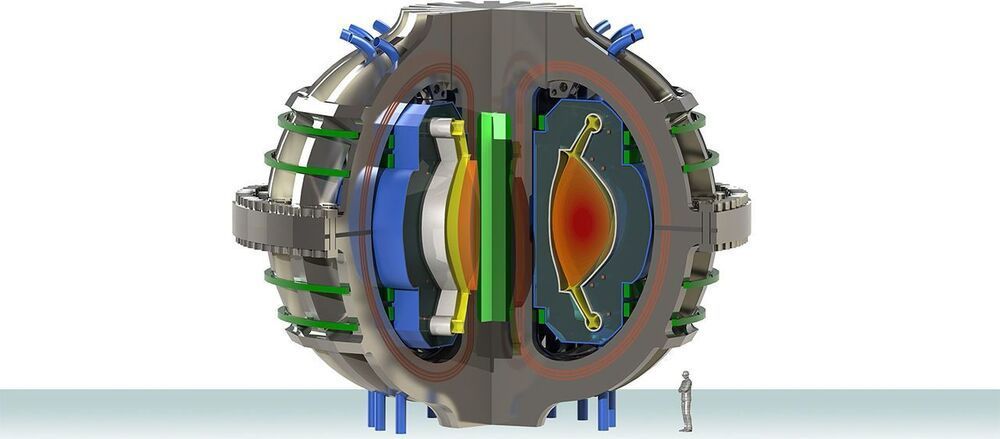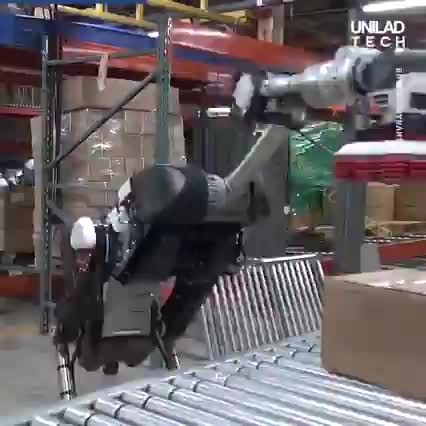If it lives up to initial projections, AMSL Aero’s recently launched Vertiia could have a top cruise speed of 186 mph and eventual range of 500 miles.



In what could be one of the significant developments in the field of quantum computing, Chinese researchers suggest having achieved quantum supremacy with the capability of performing calculations 100 trillion times faster than the world’s most advanced supercomputer. Researchers from the University of Science and Technology of China, Hefei, believe that when put into practical use, it can carry calculations in minutes which would have otherwise taken two billion years to perform. The fastest supercomputers, before this, claimed to have achieved computational efficiency easing up to 10,000 years of calculations.
Jiuzhang, as the supercomputer is called, has outperformed Google’s supercomputer, which the company had claimed last year to have achieved quantum computing supremacy. The supercomputer by Google named Sycamore is a 54-qubit processor, consisting of high-fidelity quantum logic gates that could perform the target computation in 200 seconds.
The researchers explored Boson sampling, a task considered to be a strong candidate to demonstrate quantum computational advantage. As the researcher cited in the research paper, they performed Gaussian boson sampling (GBS), which is a new paradigm of boson sampling, one of the first feasible protocols for quantum computational advantage. In boson sampling and its variants, nonclassical light is injected into a linear optical network, which generates highly random photon-number, measured by single-photon detectors.

It’s been four years, and we still don’t really know what Google intends to do with this OS.
It’s been over four years since we first found out that Google is developing a new operating system called Fuchsia. It’s unique because it’s not based on a Linux kernel; instead, it uses a microkernel called Zircon. It’s also unique because, despite being developed “in the open” on publicly browsable repositories, nobody really understands what the OS is for, and Google executives have been remarkably coy about it all.
Today, that mix of trends continues as the company announces that it’s opening up a little more by asking for more public contributors from outside its organization. Google says it has “created new public mailing lists for project discussions, added a governance model to clarify how strategic decisions are made, and opened up the issue tracker for public contributors to see what’s being worked on.”
It’s been a while since we’ve seen a dive into the code and documentation Google has made available, though there are some early UI examples. Google’s post today emphasizes that “Fuchsia is not ready for general product development or as a development target,” but it’s likely that the announcement will spur another round of analysis.

Circa 2013
Amazingly a man’s severed finger grew back thanks to one South Florida doctor and a little pig bladder.
Jockey Paul Halpern was feeding a horse when the animal managed to bite off one of his fingers.
“One of the guys that worked with me reached his hand in the horse’s mouth, took the fingertip out, and I jumped in the car, grabbed the rest of my finger wondering what we should do,” Halpern told CBS Miami.

So Boston Dynamics has possibly created the robo warehouse worker of the future. 🙂
Boston Dynamics’ Handle could be the warehouse worker of the future 🤖 📦.
According to the U.S. Centers For Disease Control (CDC), in 2018, over 36,000 people were killed, and over 2 million were injured, from motor vehicle crashes, costing the nation $44 billion in medical expenses and work loss.
The American Automobile Association (pronounced “Triple A”) is a federation of motor clubs throughout North America, and is a privately held, not-for-profit national member association and service organization, with over 60 million members in the United States and Canada, and provides a variety of services to its members, including roadside assistance and others.
The AAA Foundation for Traffic Safety is a not-for-profit, publicly supported charitable research and education organization dedicated to saving lives by preventing traffic crashes and reducing injuries when crashes occur.
Initially emphasizing projects related to safety patrols and driver education, today the Foundation has expanded its scope of work and has long been recognized as a leader in traffic safety, with a focus on four research priorities: Driver behavior and performance, Emerging technologies, Roadway systems and drivers, and Vulnerable road users.
Dr. David Yang, is Executive Director at AAA Foundation for Traffic Safety (and assumed this role in October 2016)
Previously, Dr. Yang worked for the U.S. Department of Transportation and private consulting firms.

